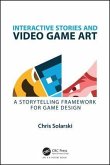
Gebundenes Buch
A Storytelling Framework for Game Design
18. Januar 2017
CRC Press
| Broschiertes Buch | 46,99 € | |
| eBook, ePUB | 48,95 € | |
| eBook, PDF | 48,95 € |
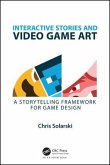
Broschiertes Buch
A Storytelling Framework for Game Design
17. Januar 2017
Taylor & Francis
K29999
13,95 €
Sofort per Download lieferbar
Ähnliche Artikel
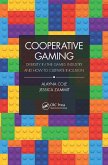
Gebundenes Buch
Diversity in the Games Industry and How to Cultivate Inclusion
14. Juli 2020
CRC Press

Gebundenes Buch
The Theory and Practice of Sound for Games
27. Juli 2017
CRC Press
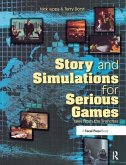


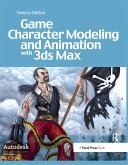

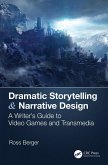
Gebundenes Buch
A Writer's Guide to Video Games and Transmedia
27. August 2019
CRC Press

Ähnlichkeitssuche: Fact®Finder von OMIKRON
